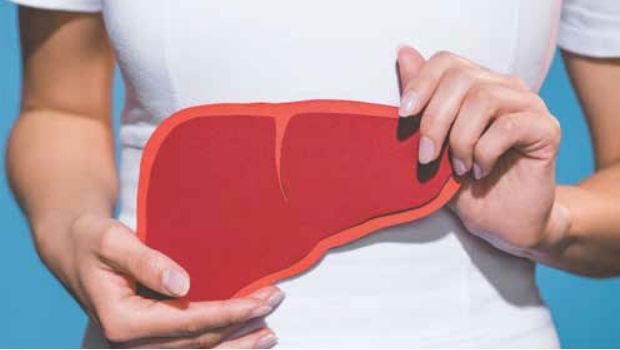Fatty Liver On the Rise
When people hear about fatty liver, they may shrug it off as something that happens to people that consume alcohol every day or binge drink. Add in poor dietary habits, and that’s a recipe for fatty liver, cirrhosis and even liver organ failure.
But nonalcoholic fatty liver disease is increasing in prevalence, and not just in adults—children are being diagnosed with. too. The numbers out of the National Institute of Diabetes and Digestive and Kidney Diseases are alarming: 30 to 40 percent of adults (about one in three), or between 80 and 100 million Americans; for children between the ages of 2 and 19 in the U.S., it’s at about 10 percent (7 million American children; 38 percent of those children are also clinically obese; 23 percent of children also have co-morbidities; and 24 percent of people globally have fatty liver, which is nearly doubling over the past 14 years.
Nonalcoholic fatty liver disease is unhealthy fat in the liver from a root source other than alcohol. Risk factors include hypothyroidism, insulin resistance, hyperglycemia, Type 2 diabetes, obesity, choline deficiency (an essential nutrient; approximately 90 percent of Americans are deficient) and other factors. In addition, prescription and over-the-counter medications, as well as poor dietary choices, also lead to fatty liver, including things like fried foods, foods and drinks with added sugar, carb-heavy foods (white bread, pasta, etc.), fat-laden foods and high amounts of salt. The liver needs plenty of water to help it function optimally, so dehydration—something that affects up to 75 percent of Americans—can be another contributing factor.
Chronic liver disease is increasing at a rate equal to the increase of obesity. Researchers believe that soon, fatty liver will become the main cause of liver-related illness and death. Although the medical community has found very few treatments, a strong spotlight is now being focused on the liver-gut-diet connection because there’s a close functional association between the gut and liver. In a current review, researchers found ,”The current evidence supports the association between nonalcoholic fatty liver disease, the gut microbiome and the role of diet.”
Research from multiple studies has found that exercise is one important component to preventing fatty liver and other diseases of the liver. Resistance exercises in particular were shown to lower the amount of fat in the liver and also significantly reduced cholesterol levels. Studies also showed that any type of physical activity can help—liver fat in participants of the study decreased 0.87 percent for every 1,000 steps taken, whereas liver fat increased 0.87 percent for every hour of sedentary behavior.
The latest study states that probiotics were beneficial—with no major adverse side effects. Not only did probiotics restore gut flora to normal, they also reversed or stopped the progress of these diseases. The importance of a healthy gut microbiome is something functional medicine practitioners have long known, and a good one can determine which type of probiotic will return balance to the intestinal microbiome. But remember that probiotics, like all other supplements, come in a wide variety, and some are more effective than others. For instance, yogurt only contains a couple strains of lactobacillus and is not a significant source to improve gut health. Running some tests to explore both the lower bowel and the small interesting will help to know what kinds of probiotics will help.
To learn about Dr. Pucci’s Root Cause Solution to chronic health concerns, call 201-261-5430 or register at GetWell-Now.com/webinar.


























